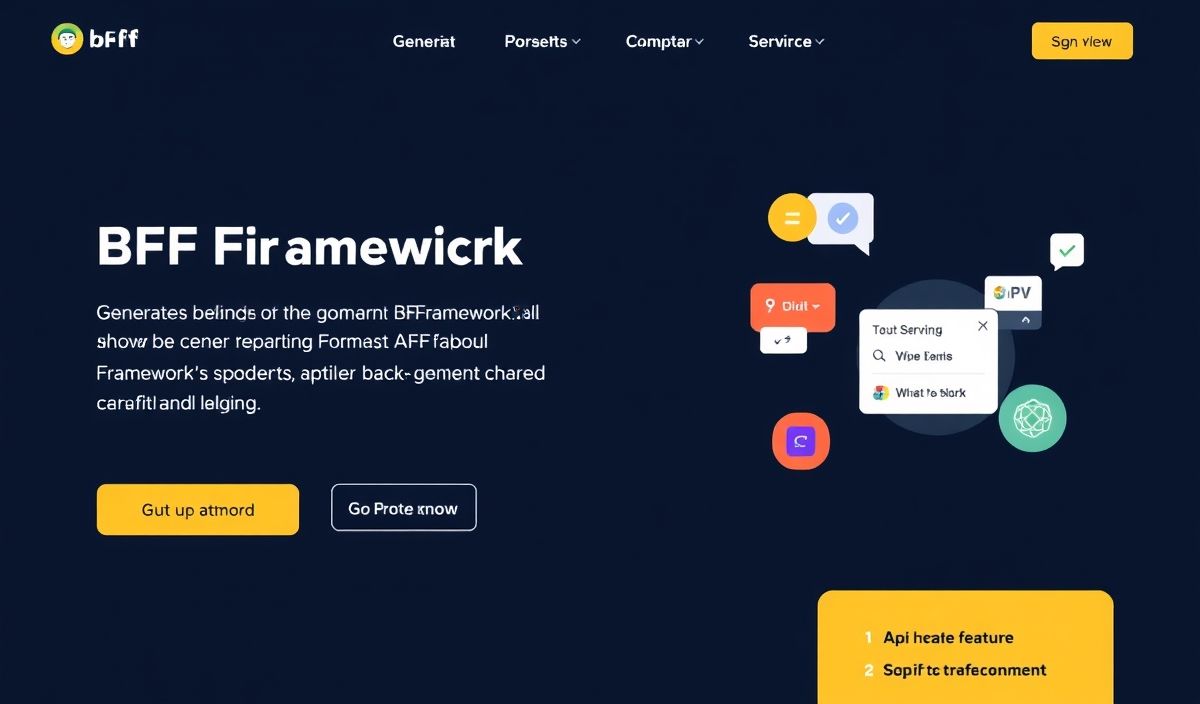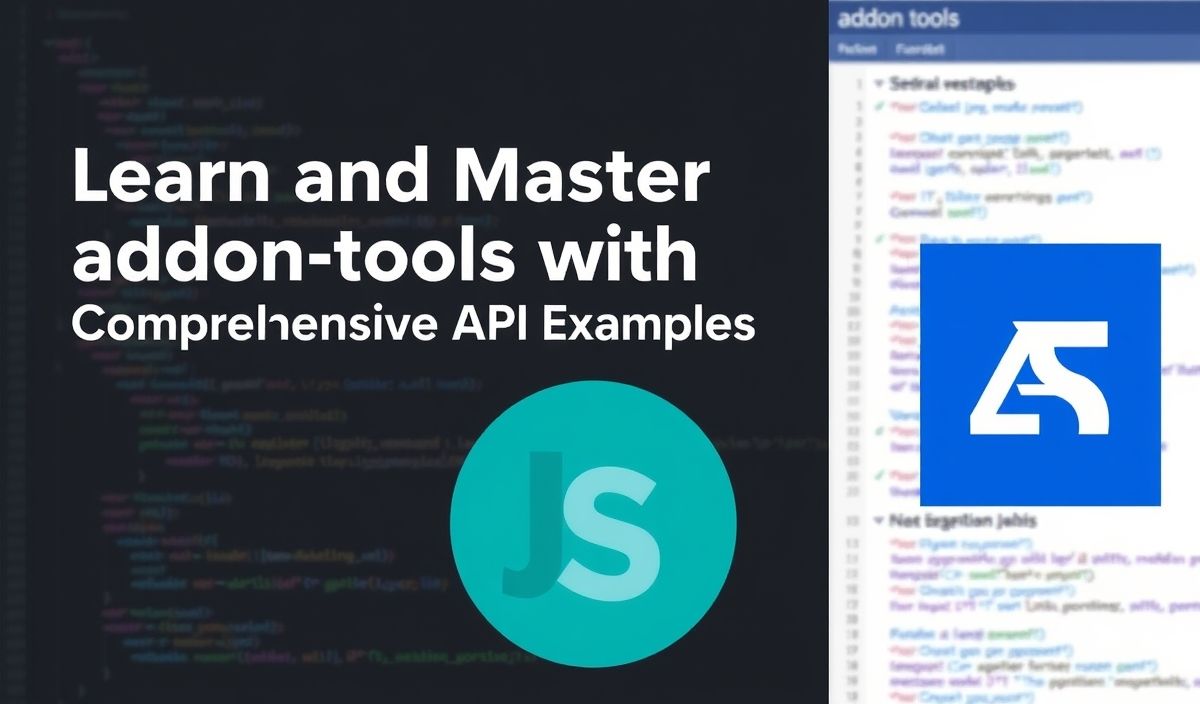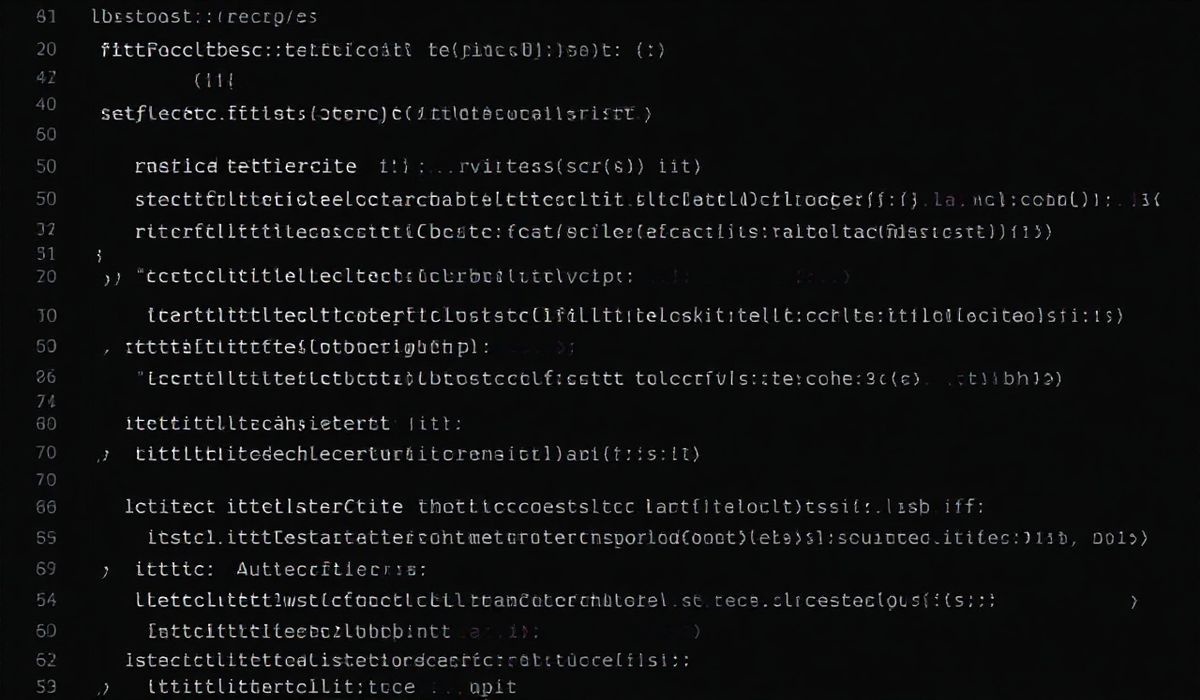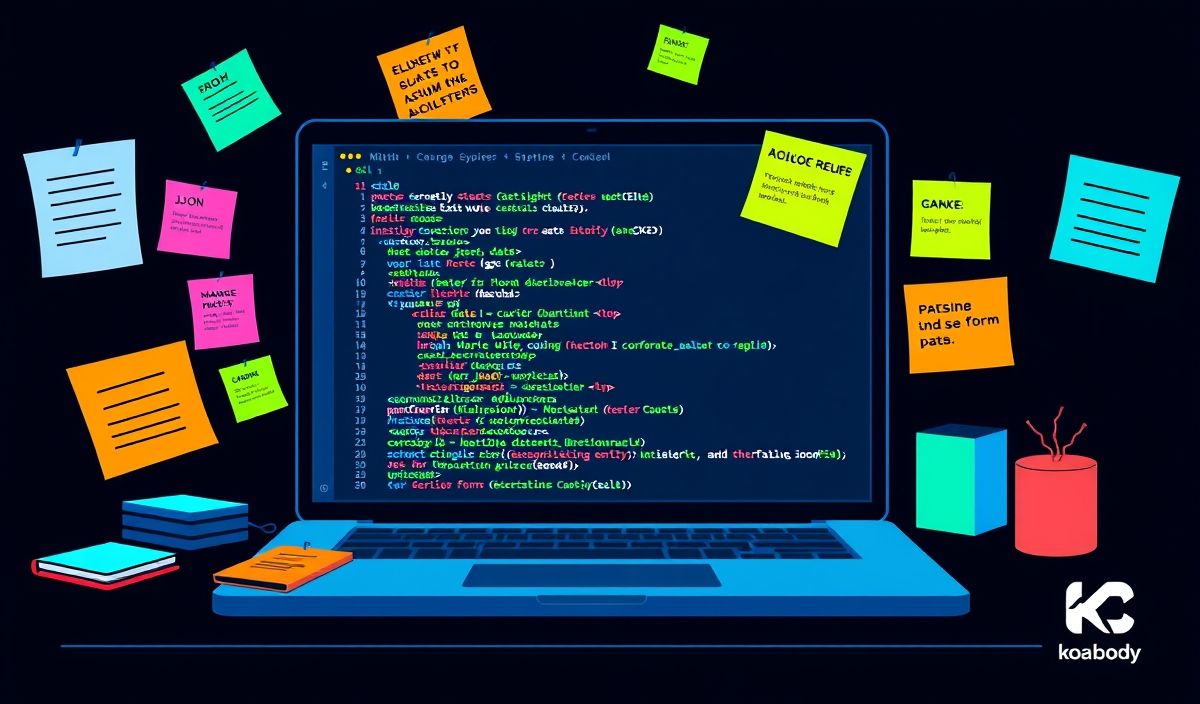Introduction to BFF Framework: Building Flexible and Efficient APIs
The BFF (Backend for Frontend) framework is a powerful tool for developers looking to create robust backend services that cater specifically to the needs of various frontend applications. This guide will introduce you to the BFF framework and explore dozens of useful APIs along with practical code snippets.
Getting Started with BFF Framework
To start, let’s set up the basic structure of a BFF framework:
npm install bff-framework
User Authentication API
The User Authentication API allows you to manage user logins and registrations seamlessly:
const userAuth = require('bff-framework').auth;
// Register a new user
app.post('/register', (req, res) => {
userAuth.register(req.body)
.then(user => res.status(201).send(user))
.catch(err => res.status(400).send(err));
});
// User login
app.post('/login', (req, res) => {
userAuth.login(req.body)
.then(token => res.status(200).send({ token }))
.catch(err => res.status(401).send(err));
});
Data Fetching API
Efficiently fetch and manage data with the Data Fetching API:
const dataFetch = require('bff-framework').data;
// Fetch all items
app.get('/items', (req, res) => {
dataFetch.getAllItems()
.then(items => res.status(200).send(items))
.catch(err => res.status(500).send(err));
});
// Fetch item by ID
app.get('/items/:id', (req, res) => {
dataFetch.getItemById(req.params.id)
.then(item => res.status(200).send(item))
.catch(err => res.status(404).send(err));
});
Data Manipulation API
Create, update, and delete data using the Data Manipulation API:
const dataManipulate = require('bff-framework').manipulate;
// Create a new item
app.post('/items', (req, res) => {
dataManipulate.createItem(req.body)
.then(item => res.status(201).send(item))
.catch(err => res.status(400).send(err));
});
// Update an item
app.put('/items/:id', (req, res) => {
dataManipulate.updateItem(req.params.id, req.body)
.then(item => res.status(200).send(item))
.catch(err => res.status(400).send(err));
});
// Delete an item
app.delete('/items/:id', (req, res) => {
dataManipulate.deleteItem(req.params.id)
.then(() => res.status(204).send())
.catch(err => res.status(400).send(err));
});
Real-Time Updates API
Enable real-time updates with the Real-Time Updates API:
const realTime = require('bff-framework').realTime;
// Real-time update on item changes
io.on('connection', (socket) => {
socket.on('subscribeToUpdates', () => {
realTime.onItemChange((update) => {
socket.emit('itemUpdate', update);
});
});
});
Example Application
Here is an example application that leverages the aforementioned APIs:
const express = require('express');
const app = express();
const http = require('http').Server(app);
const io = require('socket.io')(http);
// Middleware
app.use(express.json());
// BFF routes
require('./routes/auth')(app);
require('./routes/data')(app);
require('./routes/manipulate')(app);
require('./routes/realTime')(io);
// Start server
const PORT = process.env.PORT || 3000;
http.listen(PORT, () => {
console.log(`Server is running on port ${PORT}`);
});
The BFF framework provides an extensive set of APIs to build a flexible and efficient backend tailored to the specific requirements of your frontends. With the given example, you should be well on your way to creating seamless integrations for your applications.
Hash: d86ea06ac538f105c72eea68fdd3677d3969ecf1f63c3fc17587dfc3014a65aa




